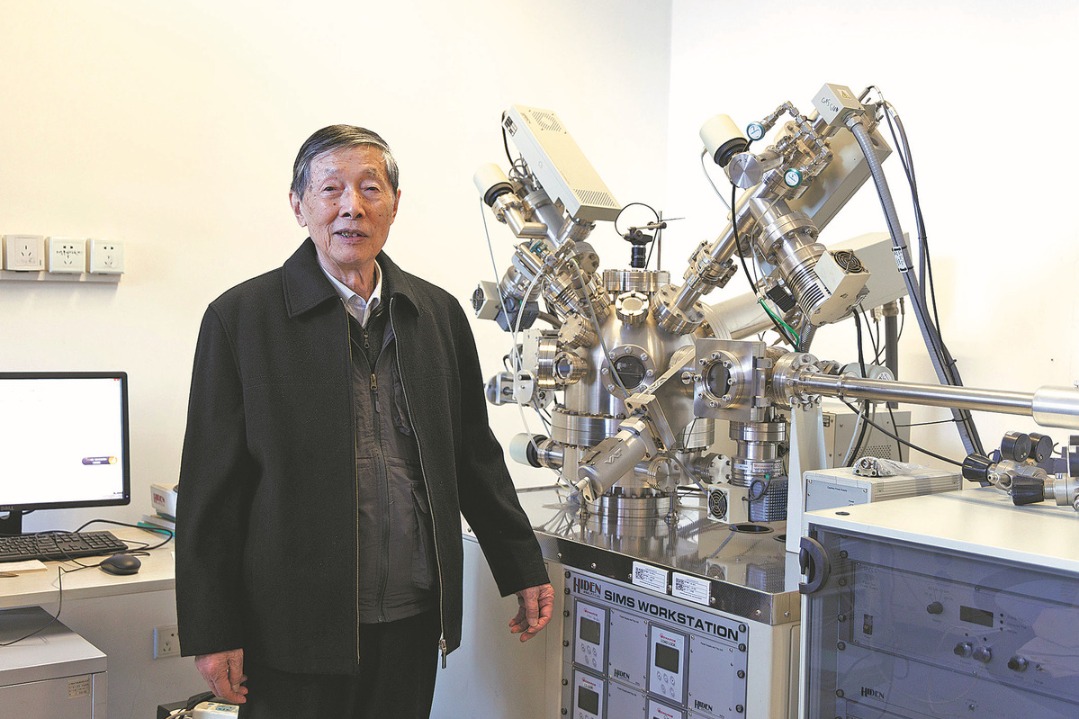Subway delivering parcels, a boost to low-carbon logistics underway

BEIJING -- On a typical weekday in December, away from the rush hour crowds, a batch of aviation documents was loaded into the luggage compartment of the Beijing Daxing Airport subway line. In the passenger cabin ahead, a few commuters quietly sat, scrolling through their phones.
The Daxing Airport subway line, China's fastest urban subway system, runs at a top speed of 160 km per hour. It connects Caoqiao station in downtown Beijing to Beijing Daxing International Airport in the southern suburbs, covering 41 kilometers in under 20 minutes.
"If we use road transportation, the journey could take at least 40 minutes, not to mention delays caused by traffic congestion or bad weather," said Qu Lili, a project manager at JD Logistics in Beijing.
Qu added that once scaled up, the cost of using the subway for parcel delivery could decrease by about 20 percent.
Beijing currently operates 27 subway lines totaling 807 kilometers, making it the second-largest subway network in China. Last September, the city initiated a pilot project to use urban rail transit during off-peak hours for express delivery.
According to the city's transportation authority, the project aims to reduce the need for road freight vehicles, alleviate urban traffic congestion and lower carbon emissions.
The trial comes in response to the surging demand for parcel delivery in Beijing, a megacity with over 20 million residents. On average, about 15 million parcels are handled daily, most of which are transported by road, resulting in traffic congestion, air pollution and increased carbon emissions.
The concept is gaining traction in other Chinese cities, including Shanghai, Guangzhou and Hangzhou, where subway compartments are repurposed for parcel delivery during non-peak hours.
Logistics expert Zhao Xiaomin believes this urban freight model can achieve "win-win" outcomes. For example, the Daxing Airport line's pilot program addresses the strong demand for sending aviation-related parcels to the airport.
"Courier companies aim to deliver parcels safely at lower costs and faster speeds. With its high capacity, speed and punctuality, urban rail transit naturally aligns with these goals," Zhao said.
The benefits extend beyond logistics companies. With fierce competition in the express delivery industry, cost-cutting measures like reducing labor expenses have reached their limits. Innovations like integrating subway and air freight could significantly improve efficiency and profitability.
According to the Ministry of Transport, as of October, 54 cities in China operate 311 urban rail transit lines totaling 10,000 kilometers.
However, not all lines are crowded. "Some suburban lines designed for long-term growth and certain urban lines during off-peak hours have spare capacity," said Zhu Wenjun, a senior engineer at Tsinghua University's Department of Civil Engineering. "Using this surplus capacity for freight delivery is a commendable initiative."
Over the past year, Beijing's pilot programs on three subway lines have delivered nearly 60,000 parcels and over 1.22 million newspapers. Other cities are also experimenting. In Jinhua, Zhejiang province, subway-enabled express delivery has enabled cherries picked in rural areas to reach Shanghai's markets, fresh with dew, within hours.
Despite its promise, challenges remain. "Subway systems are primarily designed for passenger transport, not freight. Safety must not be compromised, and the types of parcels suitable for subway delivery are still limited," Zhu noted. Issues like interchanging parcels between stations and last-mile delivery costs also require solutions.
Zhao emphasized that while countries like the Netherlands and Switzerland have explored similar models, China's scale and infrastructure provide unique opportunities.
"China's robust logistics infrastructure and large freight volumes can yield innovative practices that set global benchmarks, improving efficiency and achieving large-scale energy savings and emission reductions," he said.
With the potential for more cities and rail lines to join this initiative, China's "logistics circle of friends" is poised to expand further, Zhao said.
- Chinese satellites to enhance global early warning systems
- New IP rules set to advance opening-up
- Former Party chief of Xizang pleads guilty to bribery
- Huawei launches latest foldable phone with unusual design
- Chinese mainland rolls out measures to facilitate Taiwan residents' travel, residency
- Chinese admiral movie brings Saudi Arabia, Malaysia and China together





































